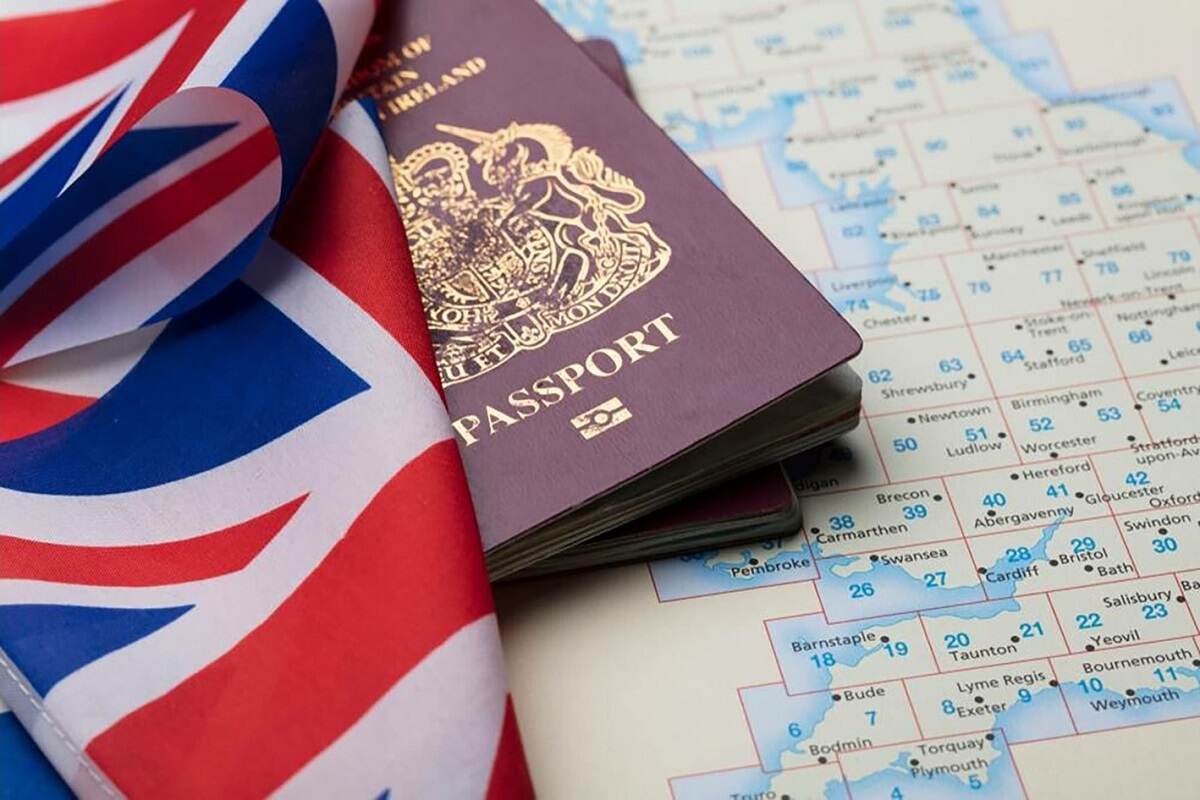How to Get a Student Visa for USA (America)
Title: “Unlocking Your Educational Journey: A Comprehensive Guide to Obtaining a Student Visa for the United States of America (USA)”
A common objective of international students is to start their academic journey in the United States. However, completing the application process for a student visa can seem onerous. In this extensive book, we will address every aspect of acquiring a student visa for the United States, providing you with a clear road map, incisive analysis, and practical advice to help you achieve your academic objectives. Whether you want to pursue graduate, undergraduate, or professional studies, this book will give you the knowledge and resources you need to handle the difficult visa application process with assurance and success.

Step by Step Guide is mentioned below:
1. Understanding the Basics of Student Visas:
- A summary of the several types of student visas, such as the F-1 visa for academic study and the M-1 visa for vocational education.
- Affordability, acceptance into the institution, and the desire to return home are some of the prerequisites for acquiring an F-1 or M-1 visa.
2. Researching and Selecting a SEVP-Certified Institution:
- It is essential to choose a school approved by the Student and Exchange Visitor Program (SEVP).
- Numerous aspects, including academic offerings, geographic location, on-campus amenities, and tuition costs, should be considered by a college that has earned SEVP certification.
3. Preparing Required Documentation for Visa Application:
- An in-depth explanation of the paperwork needed for the student visa application procedure, comprising:
- Valid passport.
- Application for nonimmigrant visa online, Form DS-160.
- The school issued SEVIS Form I-20 (F-1) or DS-2019 (M-1).
- Bank statements, scholarship letters, or sponsor paperwork are examples of proof of financial support.
- Academic transcripts, results from standardized tests, and an acceptance letter from the college.
- Advice on how to arrange and certify the legitimacy of documents to prevent problems or delays in the application process.

4. Understanding the SEVIS Fee and Visa Application Fees:
- An explanation of the SEVIS (Student and Exchange Visitor Information System) fee and payment process.
- A summary of the available payment options and the cost of the visa application.
- Crucial points to remember about confirmation receipts and fee payments
- deadlines.
5. Completing the DS-160 Online Visa Application Form:
- Step-by-step instructions for filling out the DS-160 online visa application form, comprising:
- Contact details, travel history, and personal data.
- Information on the intended stay in the United States, including the SEVIS ID number.
- Background data and security, such as prior immigration infractions or visa refusals.
- Advice on how to fill out the DS-160 form accurately and completely to prevent delays or denials.
6. Scheduling and Attending the Visa Interview:
- An overview of the steps involved in getting a visa interview, including planning, preparation, and attendance.
- Advice on getting ready for the interview for a visa, such as:
- Prepared answers to frequently asked interview questions by reviewing them.
- The interview’s dress code and conduct.
- Bringing all necessary supporting documentation and resources.
- Techniques for expressing in the interview your intentions, studies plans, and ties to your native country.
7. Submitting Biometric Information and Additional Requirements:
- If necessary, a description of the biometric appointments for fingerprinting and photos.
- summary of any extra information or paperwork the consular officer could have asked for during the visa interview.
- Advice on how to promptly prepare and submit biometric data as well as any further documents that may be needed.
8. Understanding Visa Processing Times and Procedures:
- Seasonal fluctuations, security checks, and the amount of applications are some of the factors that affect how long it takes to process visas.
- Resources to monitor the progress of visa applications and the approximate duration of processing.
- Significant factors to take into account with regard to entry limitations, visa application processes, and validity periods.
9. Addressing Visa Denials and Reapplications:
- Typical causes of visa denials and methods for resolving them include:
- Supplying further information or explanations in response to the consular officer’s concerns.
- Reassessing the requirements for eligibility and correcting any errors or discrepancies in the visa application.
- Reapplication options following a visa denial include:
- asking a review of the matter or filing an appeal of the ruling.
- addressing the consular officer’s concerns and resubmitting the application for a visa with the most recent information.
Note: You Can Also Read: How to Get a Canadian Student Visa

10. Preparing for Arrival and Adjusting to Student Life in the USA:
- Advice about getting ready to enter the United States, such as:
- Recognizing the requirements and processes for admission at American ports of entry.
- Learn about the student organizations, support services, and resources available on campus.
- Acquiring vaccinations and health insurance, if necessary.
- Getting used to American life, including acclimating to the culture, meeting academic requirements, and forming a support system.
11. Maintaining Visa Status and Compliance with Regulations:
- Recognizing the duties and expectations placed on holders of student visas in order to keep their legal status and adhere to US immigration laws.
- Observing the terms of the visa, such as full-time enrollment, academic advancement, and reporting obligations.
- International students can access resources and support services to help them manage challenges linked to visas and stay in line with rules.
12. Exploring Opportunities for Optional Practical Training (OPT):
- An overview of F-1 students’ options for Optional Practical Training (OPT) includes the following:
- Qualifications, application procedure, and length of OPT work permit.
- Techniques to make the most of OPT and use it to obtain real-world work experience in your subject of study.
Obtaining a student visa is a crucial step for anyone wishing to study in the United States of America. The application process requires careful consideration, planning, and attention to detail. If you follow the comprehensive guidance in this guide, you will have all the knowledge, resources, and strategies needed to appropriately apply for a student visa and begin your academic career in the United States. Regardless of your course of study—bachelor, master’s, or professional—this handbook will help you realize your greatest potential and pursue your goals in the promise land.




